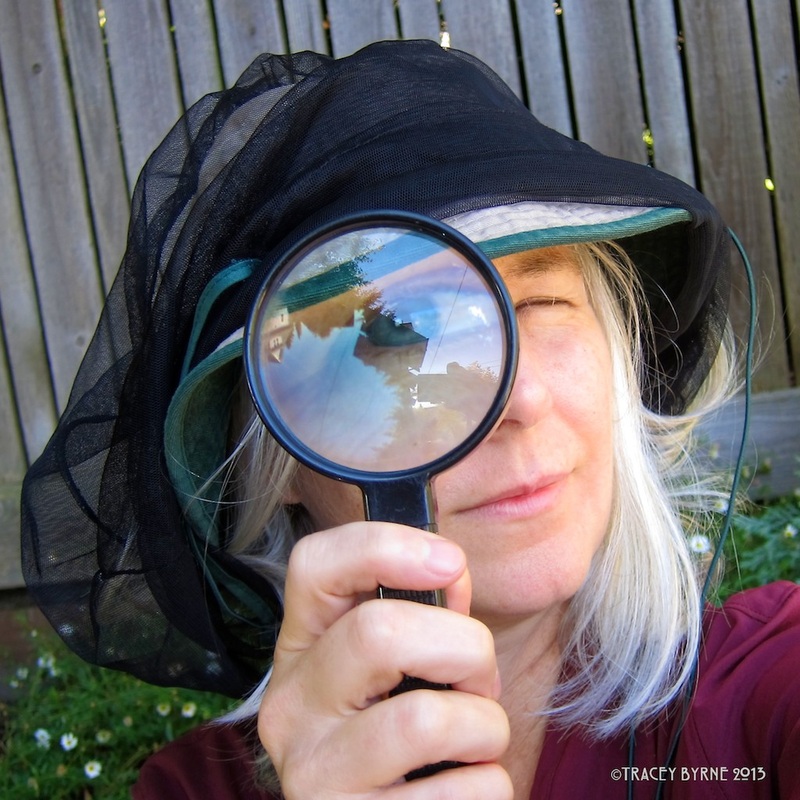|
Re-posted from the Center for Food Safety Popcorn's Dirty Secret" won the 2015 Digital Edge award! It’s no secret we love popcorn. We Americans consume more than 16 billion quarts of popcorn each year. But we’re getting more than we bargained for in all those bowls of popcorn: bee-toxic pesticides. Bees are dying at alarming rates, and scientists have identified a group of insecticides called neonicotinoids (“neonics”) as a prime culprit in these drastic population losses. The largest single use of neonicotinoids is as a seed coating for field crops (like corn, soy, canola, and wheat). In fact, researchers estimate that 95-99% of all field corn grown in the U.S. comes from seed coated with bee-toxic neonic chemicals. Neonics are the most widely used insecticides in the world. What makes them different from most pesticides is that they are systemic chemicals, meaning they are dispersed throughout the treated plant, rendering the whole plant toxic. Just as alarming, neonics are shown to last in the environment for years, harming species that the chemical was not designed to kill – like bees, butterflies, birds, and other helpful insects. Unfortunately, the popcorn industry uses bee-killing chemicals on their seeds, too. That’s why we’re calling on Pop Secret, one of the biggest brands in the industry, to urge them to source their popcorn from seeds that are NOT coated in these harmful chemicals. Pop Secret would not be alone in taking action against neonics:
The American Bird Conservancy reports that "a single corn kernel coated with a neonicotinoud can kill a songbird", and the Center for Food Safety reports that they are polluting our water systems too. It is ironic to think that man might determine his own future by something so seemingly trivial as the choice of an insect spray. - Rachel Carson, Silent Spring
I am an avid backyard birder*. My birding adventures generally look like this: wake up, make coffee, have camera set up on tripod on the kitchen table, and binocs and ID guides handy. Then, out in the yard we have suet, sunflowers, a birdbath, leaf litter to scratch in, and often a bit of fruit or nuts. I have found that what happens when a person birds regularly, in the exact same place, is that it truly allows one to get to know their avian neighbors. I can easily recognize the 25 or so regular visitors to my backyard by their personalities and habits. After ten years of (semi-serious) backyard birding I can distinguish between many LBBs (little brown birds). For example, the differences between a song sparrow and a female finch, or a pine siskin and an American Goldfinch. This week we identified two new visitors to our hotspot: a Yellow-rumped Warbler and a Chestnut-backed Chick-a-dee. We also noted male and female Northern Flickers and had a visit from a pair of Spotted Towhees. All in all, we saw and photographed 20 species (in two days/3 hours) for our annual backyard x-mas birdcount. I am including the best shots for you here :^) By the way, this two-day count is just one of our regular data collections for Citizen Science Project FeederWatch; we count our backyard birds from November through April. *This is in great contrast to a "serious" birder; one with a passion to get up early and drive somewhere, usually in miserable weather, to find new birds to add to their life list. Enjoy these downloads from The Cornell Lab of Ornithology and Project FeederWatch: Whether it be with bonfires, candles, or eggnog, northerners have been celebrating the return of the light on the winter solstice for centuries (this year solstice is on December 21 in the northern hemisphere, below the equator, the winter solstice falls around June 21 :^) On this date, the earth's axis tilts away from the sun in the Northern Hemisphere, and the sun reaches its greatest distance from the equatorial plane. Though we in Seattle are closest to the sun on the shortest day of the year, it is our longest night!
How could this be? Deb Byrd explains "because Earth doesn’t orbit upright, but is instead tilted on its axis by 23-and-a-half degrees, Earth’s Northern and Southern Hemispheres trade places in receiving the sun’s light and warmth most directly. The tilt of the Earth – not our distance from the sun – is what causes winter and summer. At the December solstice, the Northern Hemisphere is leaning most away from the sun for the year." Garden Soil, Fungi, & Critters T.Byrne 2015 I lifted up the edge of one of our blue tarps last summer to find this thriving microcosm of life. This led to a bout of wondering about the multitudes of life forms that I cannot see with my naked eye (in addition to wishing that I had a light microscope, instead of just my old-fashioned Swift Stereo 90...). From the looks of things, it seems that we are providing a nurturing place for a multitude of garden invertebrates and other tiny neighbors.
Microbes, microbiomes, good bacteria/bad bacteria...I believe that our next deep science explorations will be into health of the soil that we depend on to grow our food and sustain life on the planet. Did you know that there is more life below the surface of the soil than above it? In a single tablespoon of soil, there are 50 billion microbes alone! Along with a focus on soil health, it appears that as we humans need to make friends with the three pounds of bacteria, fungi, one-celled archaea, and viruses "that collectively they weigh the same as our brain". In other words, that would be the microbial make-up of a healthy human. (Are you ready to meet your wild life?) What is a person/superorganism to do? Feed your microbes well my friends, support non-toxic agriculture, green cleaning, do not use anti-bacterial soaps, read labels, drink your Kefir, and be sure to get your daily dose of dirt! Be Well~ In following the Climate Talks in Paris, I came across this UK site Brandalism.
From their website: "Brandalism has shared skills and techniques for 'subvertising' - the art of subverting advertisements. We start from the democratic conviction that the street is a site of communication, which belongs to the citizens and communities who live there. Our interventions are a rebellion against the visual assault of media giants and advertising moguls who have a stranglehold over messages and meaning in our public spaces, through which they force-feed us with images and messages to keep us insecure, unhappy, and shopping." 80 artists/600 designs. Be inspired. The Horrifying News: (from Organic Consumers Association):
Frankenfish Fraud Fest On November 2, 2015, the U.S. Food and Drug Administration (FDA) approved the first genetically modified food animal—an Atlantic salmon that grows twice as fast as natural salmon, thanks to the insertion of genes from Chinook salmon and eelpout (an eel-like fish). This approval is so wrong, on so many levels, that it’s hard to know where to start. For one, the FDA regulates GMO salmon as a drug, not a food—"because the recombinant DNA (rDNA) construct introduced into the animal meets the definition of a drug." If that’s the case, you would think this new “drug” should be labeled. But it won’t be, because out of the other side of the FDA’s mouth, the agency has declared GMO salmon to be nutritionally equivalent to conventional farm-raised Atlantic salmon. (REALLY?) As this article on Mercola.com says: In the eyes of the FDA, it's a perfectly normal fish, but it's also a drug, but since it's a fish that is comparable to other fish, it doesn't need to be labeled, even though all drugs typically need to be labeled... But of course the new frankenfish is not nutritionally equivalent to farmed salmon. Worse yet, the FDA approved GMO salmon on the basis of flawed studies, none of which included long-term safety testing to prove genetically engineered salmon is safe for human consumption. ******************************** The "at least not everyone has a death wish" News: Many are fighting the good fight on this issue, and most major food retailers, including Trader Joe’s, Aldi, Whole Foods, Kroger, Costco, Safeway, and Giant Eagle have announced they will not stock GE salmon. (Interestingly, AquaBounty, who is owned by the synthetic biology firm Intrexon, recently purchased the patent for Okanagan's GM non-browning apple too.) Hmm. Want to find out more? Center for Food Safety GE fish Beyond Pesticides Genetically Engineered Salmon without Labeling Approved by FDA |
AuthorTracey Byrne~ Categories
All
Archives
June 2024
|
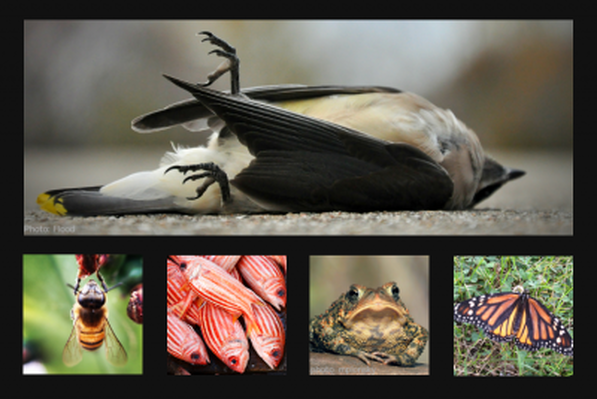

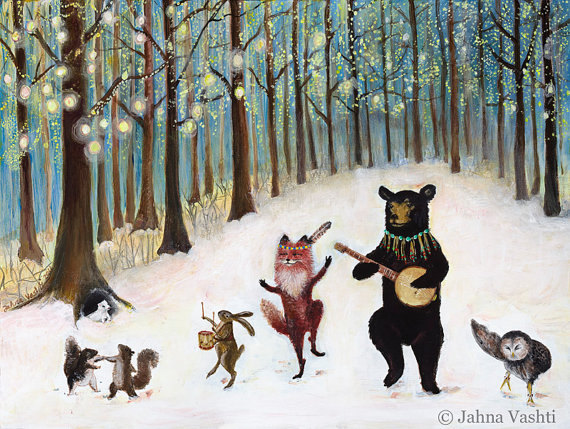
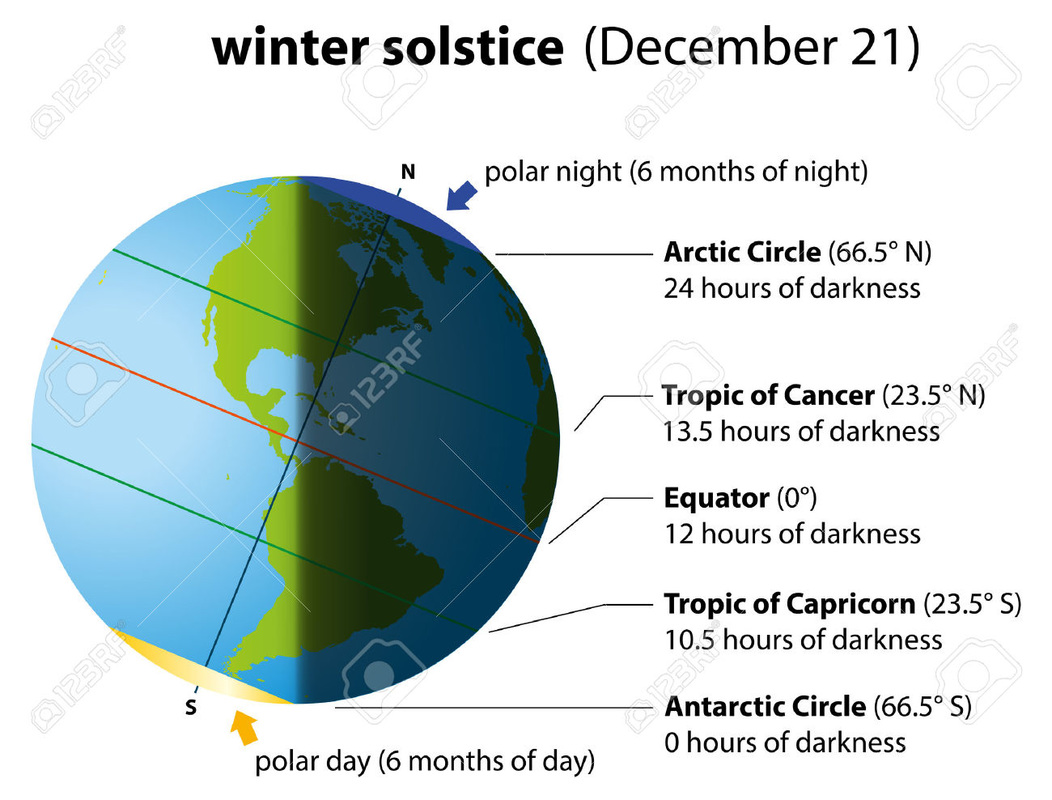
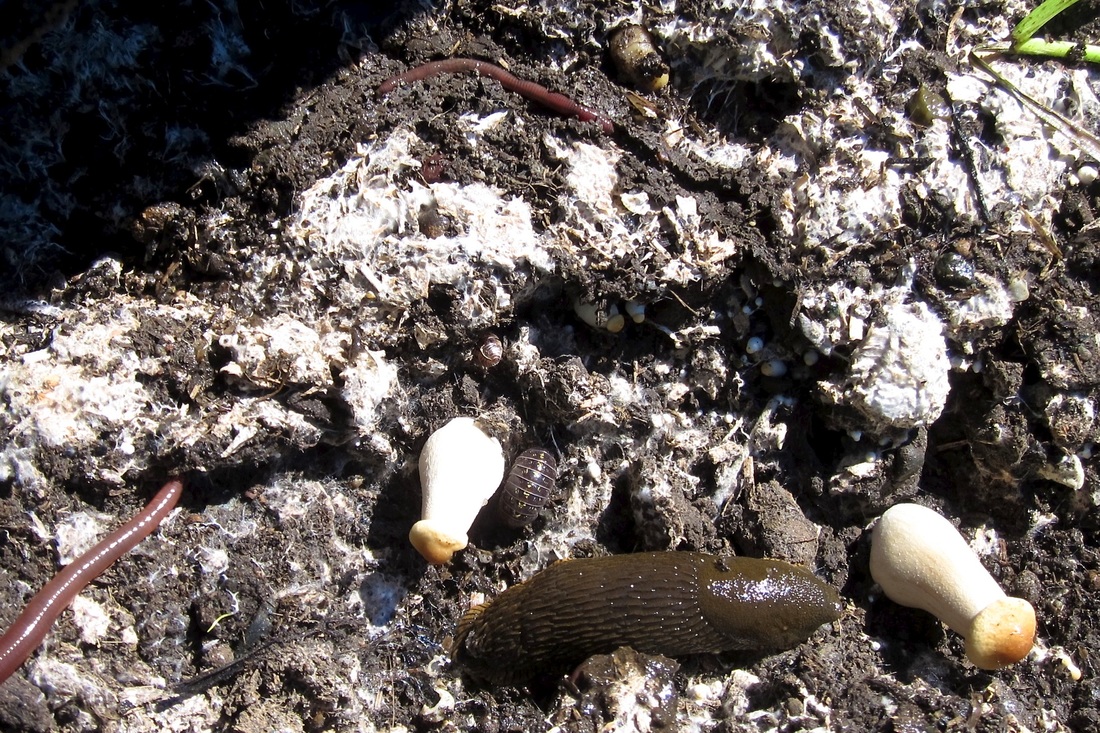

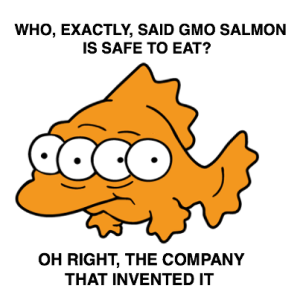
 RSS Feed
RSS Feed
